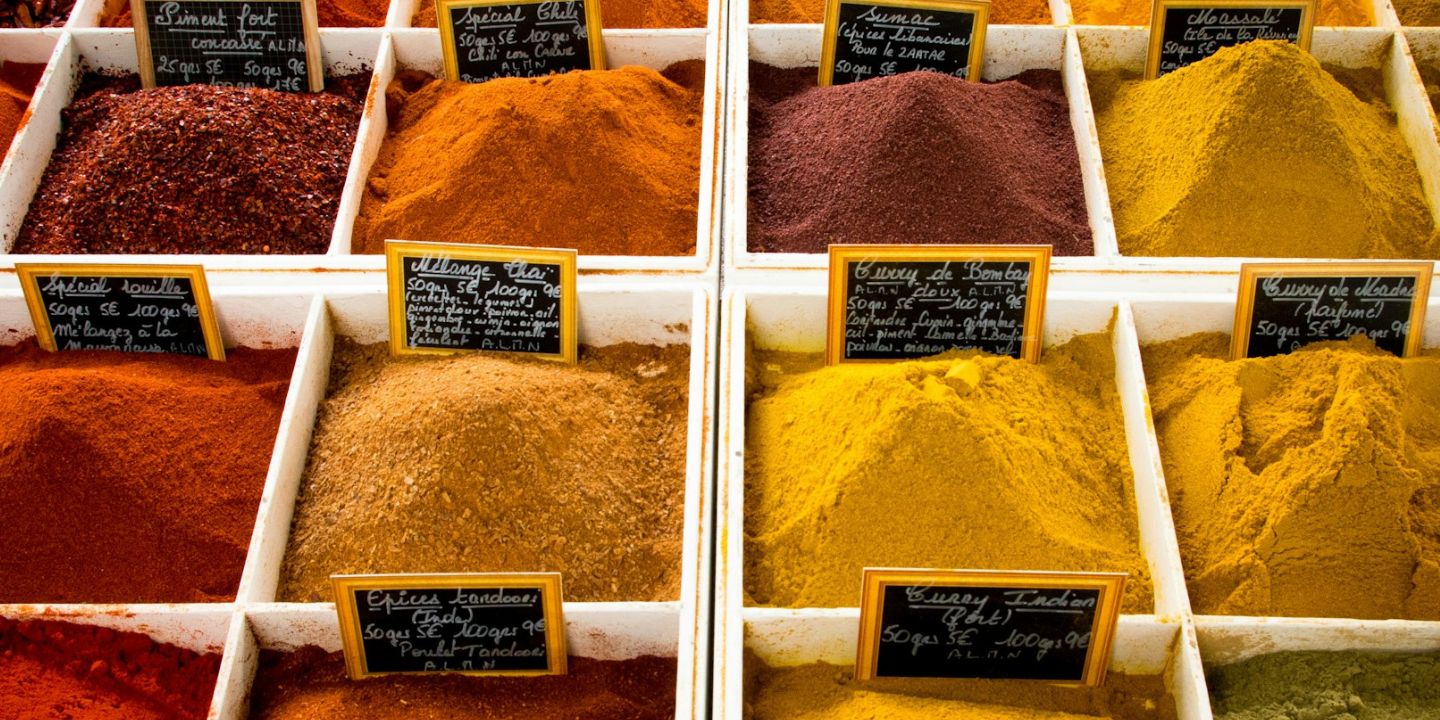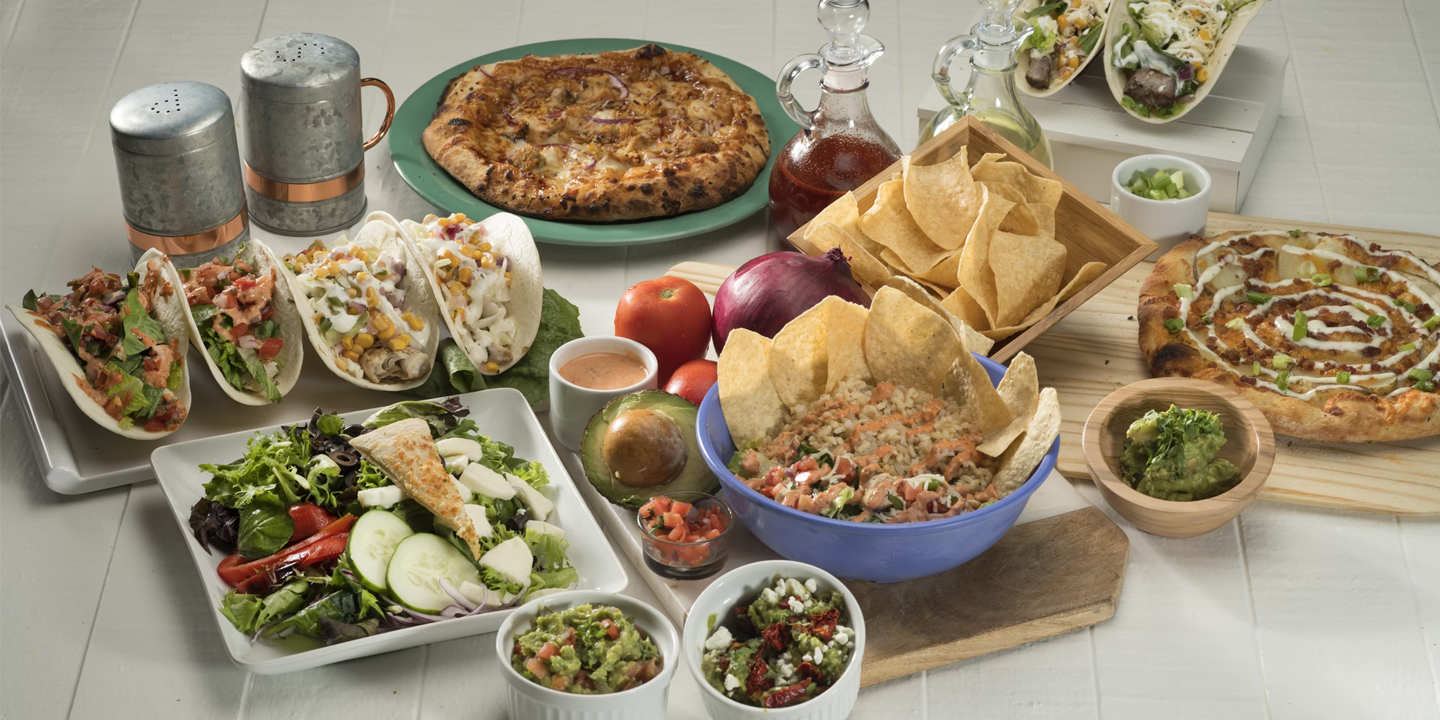10 Foods That Always Taste Better At The Restaurant & 10 Reasons Why
Why Home Cooking Can’t Compete With Dining Out
Some foods simply taste better at a restaurant. These dishes consistently outshine their homemade counterparts, no matter how hard you try to perfect the recipe. Are you eager to learn what exactly gives restaurant meals their unbeatable edge? Let's get into the details, starting with 10 dishes that are best left for the restaurant pros before highlighting why some foods simply taste better in a restaurant.
1. Steak Cooked To Perfection
Steakhouses achieve the ideal crust using broilers that reach searing-hot temperatures. Many dry-age their beef in-house, intensifying flavor beyond what home fridges allow. Once cooked, the steak is rested with care. It is then trimmed and plated precisely to deliver consistency and richness.
2. Sushi Rolls With Fresh Ingredients
Restaurant sushi shines thanks to daily deliveries of ultra-fresh, sushi-grade fish. The rice is perfectly seasoned and served warm—an often-overlooked detail at home. Rolled with expert knife skills and carefully curated, the balance of textures and flavors is spot-on.
3. Wood-Fired Neapolitan Pizza
Blistered crusts and smoky flavor come from blazing wood-fired ovens that cook pizzas in under two minutes. The dough is fermented for hours to achieve a pillowy interior and crisp exterior. Classic ingredients like San Marzano tomatoes and fresh mozzarella amplify the authenticity.
 Tested From Home: Making Wood-Fired Neapolitan Pizza! by Adam Savage’s Tested
Tested From Home: Making Wood-Fired Neapolitan Pizza! by Adam Savage’s Tested
4. Crispy Fried Chicken With Sides
Restaurant fryers maintain consistent oil temperatures that produce a golden, crunch-packed coating. The chicken is often brined or marinated to offer a deep flavor. The batter and meat are both seasoned for richness, while freshly made sides complete the plate.
5. Creamy Fettuccine Alfredo
In restaurants, pasta is tossed straight from the pot into a silky Alfredo sauce. To avoid the clumps or separations that plague home versions, cream and parmesan are expertly emulsified. With freshly grated cheese and precise timing, every forkful is indulgent and smooth.
6. Sizzling Fajita Platters
There’s no replicating the drama of a sizzling fajita platter arriving at your table. Grilled meats soak up smoky flavor while caramelized peppers and onions intensify the aroma. Add freshly pressed tortillas and guacamole, and you’ve got a vibrant, fully immersive meal.
 Restaurant Style Fajitas (Authentic Mexican Recipe) by ArnieTex
Restaurant Style Fajitas (Authentic Mexican Recipe) by ArnieTex
7. Buttery Lobster Tail
This is easier to eat and more visually inviting than anything you'd prepare at home. Delicately steamed or broiled, the restaurant lobster tail remains juicy and tender, not rubbery. They're bathed in herb-infused clarified butter that adds richness without overpowering the natural sweetness.
8. Fluffy Pancakes With Toppings
Flipping pancakes on a home griddle rarely yields the softness achieved in a professional kitchen. Restaurant batter is often mixed daily, striking the perfect balance of lift and moisture. Toppings like whipped butter, fresh fruit, and warm syrup are layered while the dish is still hot.
9. Chargrilled Burgers With The Works
A good burger begins with freshly ground beef, but restaurants take it further. High-powered grills impart that signature char while locking in juices. Toppings are layered with melted cheese and sauced buns toasted just right. Every detail is engineered for the perfect bite.
 How to Grill Burgers on a Charcoal Grill by Certified Angus Beef ®
How to Grill Burgers on a Charcoal Grill by Certified Angus Beef ®
10. Velvety Chocolate Lava Cake
Velvety Chocolate Lava Cake flows, melts, and bursts with richness in a single spoonful. The magic of a restaurant lava cake lies in its delicate timing. High-quality dark chocolate intensifies the flavor. Then, garnishes like vanilla ice cream or raspberry coulis bring contrast.
 Easy Chocolate Lava Cake Recipe by Preppy Kitchen
Easy Chocolate Lava Cake Recipe by Preppy Kitchen
So, these restaurant dishes are impressive. But what’s their behind-the-scenes magic? Let's find out.
1. Access To High-End Cooking Equipment
Commercial kitchens have equipment that reaches intense heat levels far beyond what home appliances offer. Tools like salamanders crisp and brown with precision, while industrial grills sear without drying. Using these resources, chefs achieve textures that home stoves can’t deliver.
2. Expertly Trained Chefs At Work
Restaurant chefs are trained technicians with an eye for detail. They instinctively know when to flip or stir a dish just by watching its surface or hearing the sizzle. That expertise transforms even simple recipes into refined, memorable meals.
3. Fresher, Premium-Grade Ingredients
Many restaurants receive early-morning deliveries from local farms and fish markets. Meats are often higher in grade, with marbling or freshness rarely matched at the grocery store. Even the herbs and cheeses tend to be imported or specialty-selected for optimal flavor.
4. Precision In Temperature And Timing
Restaurant chefs manage heat like a science, searing steaks just enough to form a crust while preserving tenderness inside. They juggle timing across multiple dishes and ensure nothing sits too long. This level of coordination ensures that every plate arrives as intended.
5. Better Presentation Enhances The Mood
The appearance of food affects how you feel about it, and chefs know this. They compose plates with balance, using color and negative space to enhance appeal. Garnishes aren’t just decorative—they frame the dish and turn even a familiar flavor into something special.
6. Specialized Cooking Techniques
Restaurants rely on techniques that many home kitchens rarely attempt to master. Methods like flambéing build flavor and create depth. No packaged shortcuts can replicate that. Each move is carefully calculated to highlight the best qualities of the ingredients, changing standard dishes to culinary standouts.
 Jenene from Chinatown, New York City, USA on Wikimedia
Jenene from Chinatown, New York City, USA on Wikimedia
7. Secret House-Made Sauces
What seems like a simple drizzle can be the product of hours of reduction or emulsification. Many commercial kitchens guard their signature sauces like trade secrets, crafted to enhance specific menu items. Their complex flavors are nearly impossible to duplicate without the original technique.
8. More Controlled Seasoning Balance
Seasoning isn’t a final step; it’s a process repeated in carefully timed stages. Chefs constantly taste, fine-tuning the balance of salt and fat until each element is in harmony. The result is calibrated to hit every note of your palate.
9. Ambience That Improves The Whole Experience
Taste is a multisensory experience, and good restaurants know how to achieve this. Gentle music and the aroma from nearby tables all enhance the overall vibe. The entire atmosphere heightens anticipation, making the first bite better than it ever could be at home.
10. Immediate Serving At Peak Freshness
Timing is everything. In restaurants, food goes from kitchen to table within moments—no waiting, no reheating. That means crispy stays crisp, sauces stay smooth, and textures arrive exactly as intended. It’s a fleeting perfection that’s nearly impossible to recreate at home.
KEEP ON READING

20 Foods With Shocking Origins You'd Never Believe

No Oven No Problem: 20 Impressive No-Bake Desserts





















